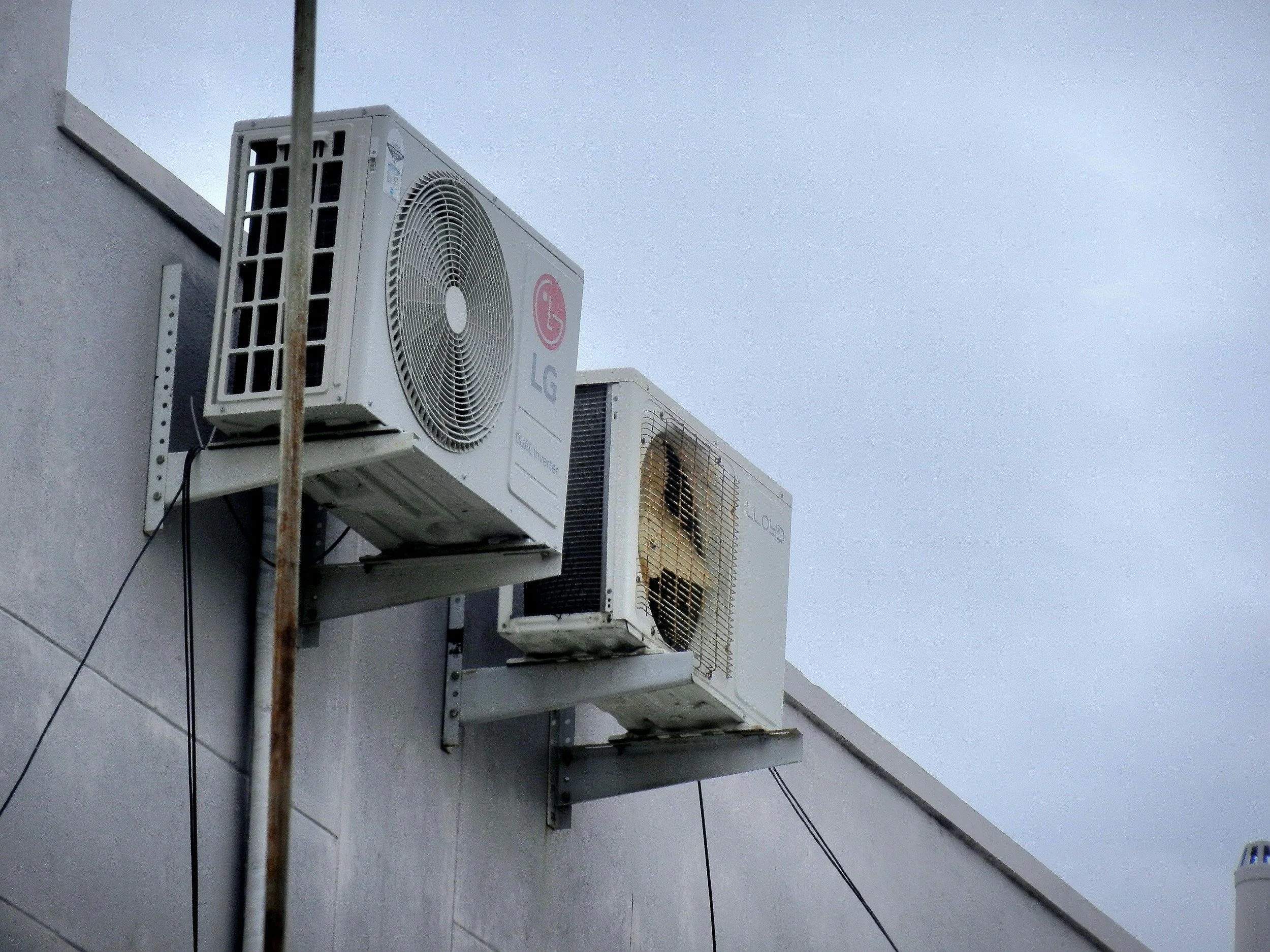Global Wholesale Clothing Statistics And Information For 2023
By PAGE Editor
With the global apparel market being worth 1.53 trillion US dollars last year, the secondhand apparel market currently valued at approximately 211 billion US dollars, and the global wholesale market being valued at 45 billion US dollars you might be wondering how the global wholesale clothing market is changing, especially when it comes to used clothing.
The world has also placed an increased focus on sustainability and becoming more environmentally conscious led by the increase in thrifting and resale shopping.
These opportunities collide to create a global wholesale used clothing market that is bustling with opportunities all over the world.
But the industry is not without its challenges, namely in the face of world-altering events like the COVID-19 pandemic and the resulting supply chain issues.
In this blog, we’ll be looking at how the wholesale used clothing market operates across the globe.
The Used Clothing Market
With over 25,000 resale, consignment, and Not For Profit resale shops in the United States, there is an increasing demand for wholesale used clothing.
Resale shops have grown 7% in the last 2 years, and as a result, 16-18% of Americans shop at thrift stores, and 12-15% shop at consignment or resale shops annually.
If that isn’t enough to showcase the power of the used clothing market, the EU fashion resale second-hand market is poised to double in the next 5 years.
This means that thrift and consignment stores will be demanding larger quantities of wholesale clothing as the years go on and the market invariably increases in size.
Not only this but their purchasing decisions will be predicated on things like pricing, trends, sustainability, and access.
What Wholesale Used Clothing Operations Look Like Abroad
Wholesale used clothing and their imports and exports are treated differently around the world. Different countries have different rules, legislation, and laws, and some countries even outright ban second-hand clothing.
For example, the Dominican Republic cannot export credential clothing (raw donations) and can be fined if they are caught. They are only allowed to export textiles, and import graded goods or mixed rags. This is just an example of some of the unique rules and laws in place across the globe.
When it comes to which countries play a heavy role in the used clothing market, Africa and other developing countries play a big role in the market.
Africa is the biggest ecosystem for used clothing and demands 80% of the world’s second-hand clothing. Before these massive amounts of used clothes enter countries like Africa, graders are their first stop. A grader takes into account brands, colors, seasonality, quality, and state of the clothing. They then go on to sort, sell, and distribute to developing countries around the world.
There is a common misconception that Africa receives lower-quality clothing, which couldn’t be further from the truth. Because they don’t buy raw donations, they typically get sorted clothing that is of a higher quality.
The terminology used to distinguish used clothing also changes from region to region. For example, what we call credential clothing in North America is known as “originals” in Europe. It’s important to know that all across the world, there are different words and terms for used garments.
Sizing and weather influence the distribution of used clothing as well. Regions with like climates typically import from the other. Regions where sizing is similar (think Asia vs the US) also import from regions where their people share similar body shapes and structures. These factors help demonstrate the flow in and out of used clothing.
Wholesale Trends In 2023
With environmental issues, ethical sourcing, and sustainable production practices being at the forefront of wholesale trends going forward into 2023, wholesale sourcing will become even more important.
Gender-neutral and unisex clothing, sustainable and eco-friendly fashion, and vintage and retro styles will lead the charge meaning that businesses with networks that can provide these clothes will help them remain competitive on a global scale.
These trends all influence where the wholesale market is heading and will be influential in the growth of the industry.
Wholesale clothing is a large market that involves the cooperation of countries, companies, and organizations to help spread their garments to their respective markets and customers. The industry is ever-evolving and can be tough to navigate whether you are new to the business or a veteran.
For over 25 years, Bank & Vogue has been managing the trade of secondhand goods between hundreds of suppliers and customers around the world.
With only 1% of the world’s products actually being recycled, we are passionate about making a more circular economy all across the globe.
On the wholesale side, we are a used clothing broker who helps our customers find great quality used products and store returns for domestic and international markets.
HOW DO YOU FEEL ABOUT FASHION?
COMMENT OR TAKE OUR PAGE READER SURVEY
Featured










Water management plays an essential role in maintaining the safety and stability of a home.